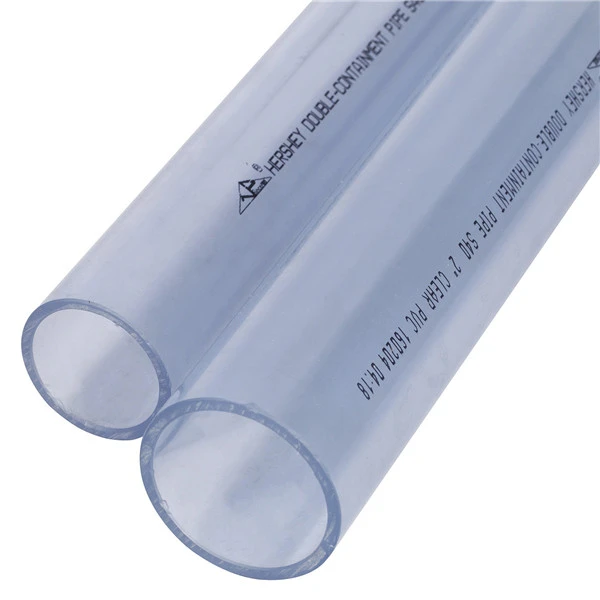నవం . 05, 2024 20:34 Back to list
round pp welding rod
Understanding Round PP Welding Rods Applications, Benefits, and Best Practices
In the world of plastics and manufacturing, round PP (polypropylene) welding rods are gaining significant attention due to their versatility and effectiveness. These rods are widely used in various industrial applications, particularly in the fabrication and repair of plastic components. This article aims to explore the characteristics, applications, benefits, and best practices of round PP welding rods.
What are Round PP Welding Rods?
Round PP welding rods are cylindrical pieces of polypropylene, a type of thermoplastic polymer widely used in a variety of applications due to its robustness and chemical resistance. These rods are specifically designed for welding tasks, providing a means to join polypropylene parts through processes such as hot air welding, extrusion welding, or socket welding. The rods are available in different diameters, ensuring compatibility with a range of welding equipment and techniques.
Characteristics of PP Welding Rods
1. Chemical Resistance Polypropylene is known for its strong resistance to a variety of chemicals, making it ideal for environments where exposure to corrosive substances is a concern.
2. Lightweight Compared to many metals and other plastics, polypropylene is lightweight, which makes handling and installation easier and more cost-effective.
3. Durability PP welding rods exhibit excellent durability and impact resistance, which is crucial for maintaining the integrity of welded joints in demanding applications.
4. Ease of Use The melting point of polypropylene is moderate, allowing for efficient welding with standard equipment without requiring excessive heat.
Applications of Round PP Welding Rods
Round PP welding rods are commonly used in several industries, including
1. Water Treatment and Plumbing The rods are often used to create and repair water tanks, pipelines, and fittings, ensuring leak-proof joints that can withstand high pressures.
2. Chemical Storage Since polypropylene has excellent chemical resistance, it is the material of choice for constructing storage containers and tanks for chemicals and hazardous materials.
3. Automotive Industry In various automotive applications, PP welding rods play a role in fabricating components like bumpers, dashboards, and other interior parts that require durable and lightweight materials.
4. Construction Round PP rods may be employed in constructing larger structural elements, such as panels and frames in commercial and industrial settings.
round pp welding rod

5. Marine Applications Given their resistance to moisture and chemicals, polypropylene rods are ideal for applications in boats and other marine equipment.
Benefits of Using Round PP Welding Rods
1. Cost-Effective The use of PP welding rods can significantly reduce costs associated with repairs and replacements in various applications, leading to improved operational efficiency.
2. Versatility Their adaptability makes them suitable for a wide range of tasks, from small-scale repairs to large industrial projects.
3. Enhanced Joint Strength When properly welded, joints created with PP rods may provide superior strength and durability compared to the original materials, minimizing the risk of failures or leaks.
4. Environmental Resistance PP’s resistance to environmental factors—such as UV rays and humidity—makes it an excellent choice for both indoor and outdoor applications.
Best Practices for Working with Round PP Welding Rods
To achieve the best results when using round PP welding rods, consider the following best practices
1. Surface Preparation Ensure that the surfaces to be welded are clean, dry, and free from contaminants. Proper surface preparation significantly enhances the quality of the weld.
2. Temperature Control Monitor and adjust the welding temperature as required. Too much heat can deform materials, while too little may result in weak joints.
3. Weld Technique Use suitable welding techniques for the task at hand. For instance, hot air welding is ideal for larger surfaces, while extrusion welding is suitable for filling gaps and repairing cracks.
4. Post-Weld Inspection After welding, inspect the joints for any signs of weakness, such as cracks or incomplete fusions, to ensure that they meet safety and performance standards.
Conclusion
Round PP welding rods are an essential component in the fabrication and repair of various plastic structures across multiple industries. Their unique properties and advantages make them a popular choice among manufacturers and professionals alike. By adhering to best practices, users can maximize the potential of these rods, resulting in strong, durable, and efficient welded joints. As industries continue to innovate and evolve, the demand for reliable materials like round PP welding rods will undoubtedly persist.
-
High-Quality PPR Pipes and Fittings Durable ERA PPR & PVC PPR Solutions
NewsJul.08,2025
-
Black HDPE Cutting Board - Durable, Non-Porous & Food Safe HDPE Plastic Cutting Board
NewsJul.08,2025
-
High-Quality CPVC Panel Durable HDPE & PVC Panels Supplier
NewsJul.08,2025
-
Double PE Welding Rod Supplier - High Strength, Durable & Versatile Welding Solutions
NewsJul.07,2025
-
High-Quality PVC-O Pipe Supplier Durable 75mm PVC Pipe & Connections Leading PVC Pipe Company
NewsJul.07,2025
-
HDPE Drainage Pipe Supplier – Durable & Corrosion-Resistant Solutions
NewsJul.06,2025

